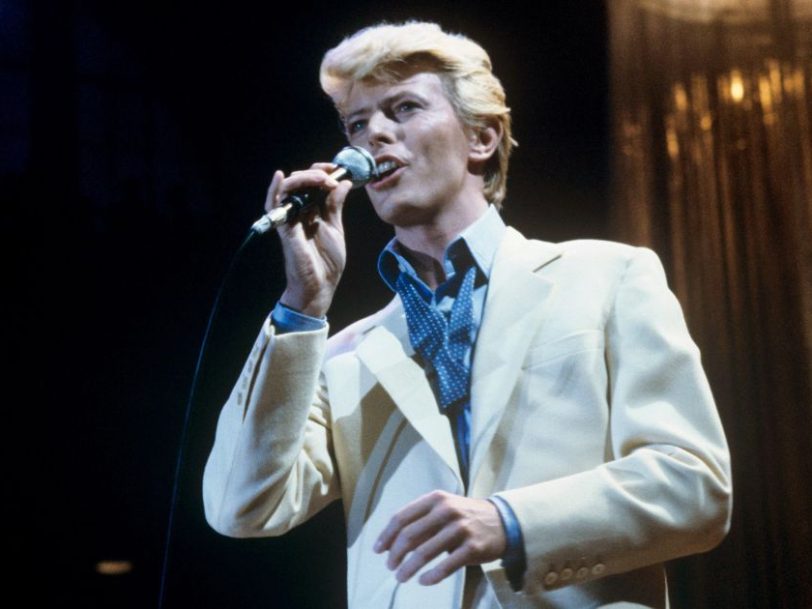Having released an album almost every year throughout the 70s, David Bowie fell unusually quiet at the start of the 80s. When a new song, Let’s Dance, emerged in March 1983 as the lead single from the album of the same name, it suggested that things would be business as usual for the creative maverick who could bend a range of musical styles to his will – only this time, in league with co-conspirator Nile Rodgers, Bowie let loose a genre-melding song that was also calibrated for success in the pop realm. More than a call to the dancefloor, Let’s Dance knowingly winked at its title’s meaning in vintage slang: an invitation to fight, with Bowie silhouetted in a boxer’s pose on the single’s artwork, the song saw its creator come out swinging as he took on the mainstream. Here is the story of how Let’s Dance turned David Bowie into a global pop icon.
Listen to the best of David Bowie here.
The backstory: “That night changed his life and my life forever”
It had been three years since the release of Bowie’s previous album, Scary Monsters (And Super Creeps), but while a movie theme (Cat People (Putting Out Fire), with Giorgio Moroder), a Christmas duet (Peace On Earth/Little Drummer Boy, with Bing Crosby) and a Queen co-write, Under Pressure, maintained his presence on the singles charts, there seemed to be little to suggest that Bowie was ready to make the fully fledged artistic statement of a brand new album. Such was EMI’s faith in him, however, that a collection of backing tracks allegedly convinced the record label to part with $17 million to sign Bowie to their roster.
Certainly, the smell of hits was in the air, thanks to a fortuitous meeting months earlier, in a New York City hotspot, The Continental – a club frequented by Chic mastermind Nile Rodgers. “I knew the owners and would be there every night, and David was only there that one night,” Rodgers later told Yahoo! Music. “But that night changed his life and my life forever.”




